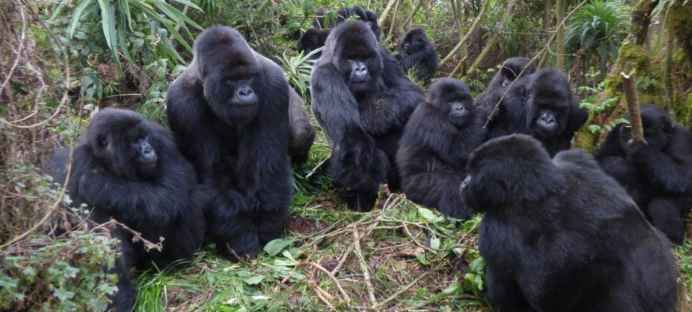How Gorillas Use Facial Expressions to Communicate
Understanding how gorillas communicate through facial expressions offers fascinating insights into their social interactions and emotional lives. This knowledge is not only important for researchers studying wildlife behavior, but it also enhances our appreciation of these magnificent creatures. By observing how gorillas convey feelings and intentions, we can deepen our connection with the animal kingdom.
The Rich Vocabulary of Facial Expressions
Gorillas possess a diverse range of facial expressions that they use to convey emotions and messages to each other. Elements such as eyebrow movements, lip positions, and even the opening or closing of their mouths all play a critical role in this non-verbal language. For instance, a relaxed face with slightly parted lips usually signals calmness or friendliness, while a wrinkled nose and open mouth may indicate fear or aggression. These expressions are essential for maintaining social bonds within their groups, allowing gorillas to express moods and intentions effectively.
Reading Context in Expressions
Facial expressions in gorillas are not used in isolation; they are often contextual and can change quickly depending on the situation. For example, a gorilla might display a playful grin while engaging in a friendly wrestling match but switch to a more serious expression if a trigger such as an approaching threat occurs. By interpreting these expressions within their social context, researchers have learned that gorillas can gauge the emotional state of their companions, which helps them navigate complex social interactions more smoothly. This ability demonstrates the sophistication of their communication skills and the importance of emotional awareness in their lives.
Bonding Through Facial Cues
The social structure of gorilla groups relies heavily on emotional bonds, which are fostered through various forms of communication, including facial expressions. Mothers often communicate with their young through gentle facial cues, which play a vital role in nurturing and teaching. For instance, a mother might raise her eyebrows and widen her eyes to show excitement when her infant successfully climbs a small tree, reinforcing positive behavior. Such interactions create a strong emotional foundation that is crucial for the well-being of both infants and adults, ensuring the survival and stability of the group.
In conclusion, gorillas use a rich tapestry of facial expressions to communicate effectively, emphasizing the importance of social bonds and emotional intelligence in their daily lives. By observing and understanding these behaviors, we can cultivate a deeper appreciation for gorillas and their incredible capacity for communication. If you’re interested in learning more about gorilla behavior, consider exploring documentaries or books that delve deeper into the emotional lives of these amazing animals.

